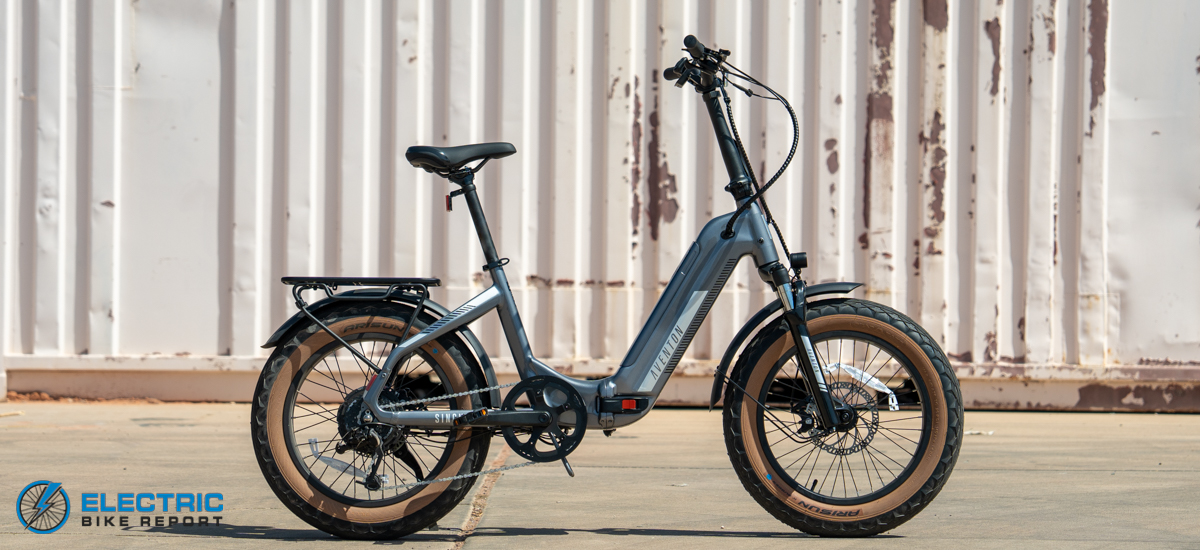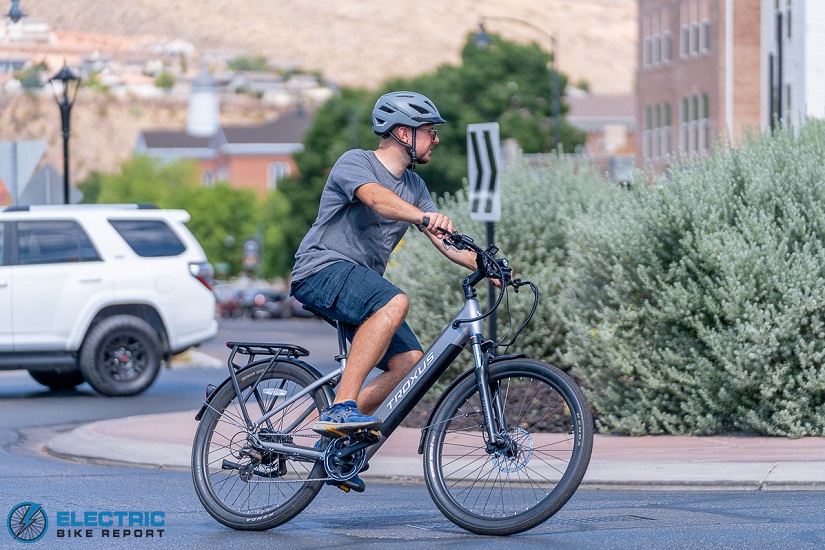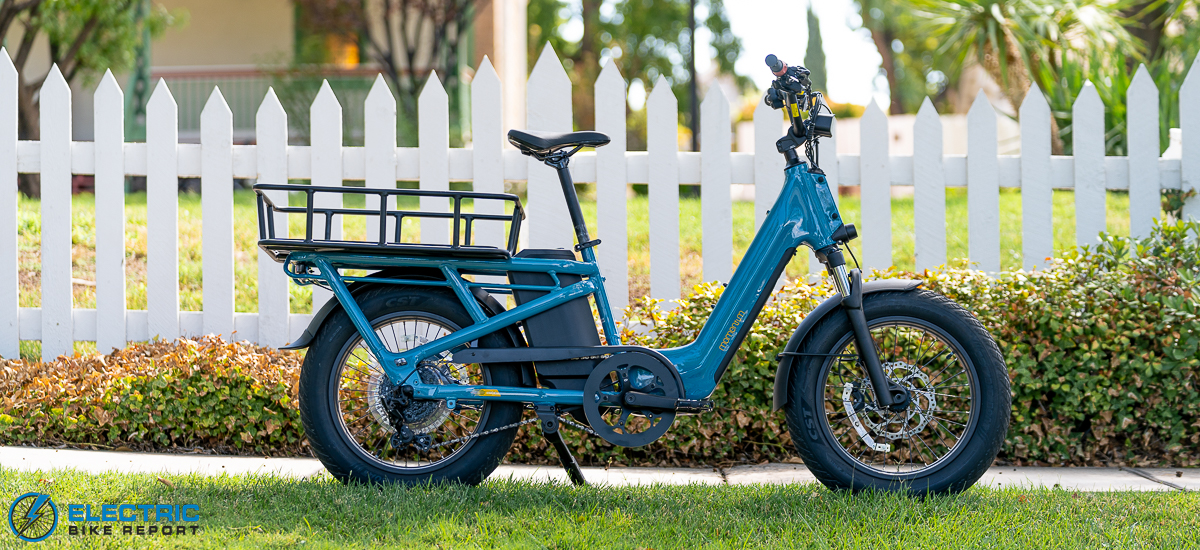
Some links may be affiliate links. We may get paid if you buy something or take an action after clicking one of these.
This costly but cutting-edge e-bike technology is the “holy grail” of rechargeable power sources.


Tremendous range, lightning-fast charging, and improved safety – this may be the future of e-bike batteries!
The Swiss speed pedelec (or s-pedelec) brand Stromer is on the leading edge of electric bike battery development, having teamed up with TD Hitech Energy to produce a ceramic solid-state battery with the aforementioned goals. Not even the best electric bikes currently on the market can live up to that potential!
Stromer unveiled its first rideable prototype at the Eurobike e-mobility convention in Frankfurt, Germany earlier this year, laying the groundwork for other e-bike brands to follow.
While the technology is still firmly in development – and will likely be unavailable to consumers for at least another 2 to 3 years – Stromer and its partner have lofty goals. The developers are aiming to create safer, longer-lasting batteries with shorter charging times and low-temperature charging capabilities.
The Flaws of Lithium-ion E-Bike Batteries
“Dendrites,” or branching deposits of lithium, can accumulate within these battery cells and cause shorts, while the conductive liquid electrolyte solution used to carry the ions is notoriously flammable. Lithium-ion technology has proven to be the most reliable and cost-friendly solution for mass production, but its flaws have garnered increasing levels of criticism.


Lithium-ion battery packs are large and heavy; a solid-state battery with the same size and weight could carry double the juice for twice the range.
The Advantages of Solid-State E-Bike Batteries
With little or no liquid electrolyte solution – and therefore less leakage and corrosion – solid-state batteries have the potential for much greater longevity. Research from Harvard University suggests that solid-state batteries could have up to 10,000 charge cycles, allowing them to last between 10 and 15 years. They are also less likely to catch fire due to their improved thermal and electrochemical stability.
Due to the composition of their solid electrolyte, solid-state batteries naturally have higher energy density than current Lithium-ion batteries as well, meaning that a similar-sized solid-state battery pack could hold double the energy and provide twice the range for an e-bike. And finally, with a reduced need for rare metals like cobalt and graphite, the technology might also be more sustainable.
The Challenges of Solid-State E-Bike Battery Technology
Currently, solid-state technology exists in tiny coin cells, which are used in small, lightweight devices like smartwatches and pacemakers. Expanding this technology to meet the requirements of larger, more demanding machines like e-bikes will require the development and streamlining of specialized manufacturing processes and facilities.
Because these mass-scale manufacturing capabilities are not yet in place, the production of a solid-state battery and its unique components is difficult. Solid-state batteries also have the potential to require more lithium than lithium-ion batteries, a material that has only become more costly and more difficult to source in recent years. With these added expenses, the production of a solid-state battery is presently 8 times costlier than a lithium-ion battery.
As the technology and its manufacturing processes develop, the potential benefits of solid-state batteries will become more clear. In the case of Stromer and TD Hitech Energy, they hope to produce power sources with 10x faster charging times (currently 20 minutes with an ultimate goal of 12 minutes) and the ability to charge in temperatures down to -4°F (-20°C) with a goal of -22°F (-30°C).
The Present and Future of Solid-State Batteries
ProLogium has partnered with European automobile manufacturers like Mercedes-Benz to develop solid-state batteries for use in electric vehicles, and are slated to begin testing later this year. The developer has an established foundation, having produced prototypes of swappable solid-state batteries in conjunction with Taiwanese electric scooter manufacturer Gogoro in 2022.
Here in the US, NASA has already claimed to possess a solid-state battery capable of powering an aircraft. Researchers at the Georgia Institute of Technology are working to translate their success with solid-state technology from coin cells into pouch cells for use in electric vehicles.
No matter how you look at it, solid-state technology is decidedly on the rise. The market was valued at nearly $591 million in 2020, and its expansion was predicted to have a steady compound annual growth rate of 36% from 2021 to 2028.
Here at Electric Bike Report, we look forward to the leaps this new technology may soon present. We plan to keep tabs on the development of this potentially industry-changing technology and will continue to relay any new and exciting updates as they appear.
Sponsors
Reader Interactions
![]()
![]()






